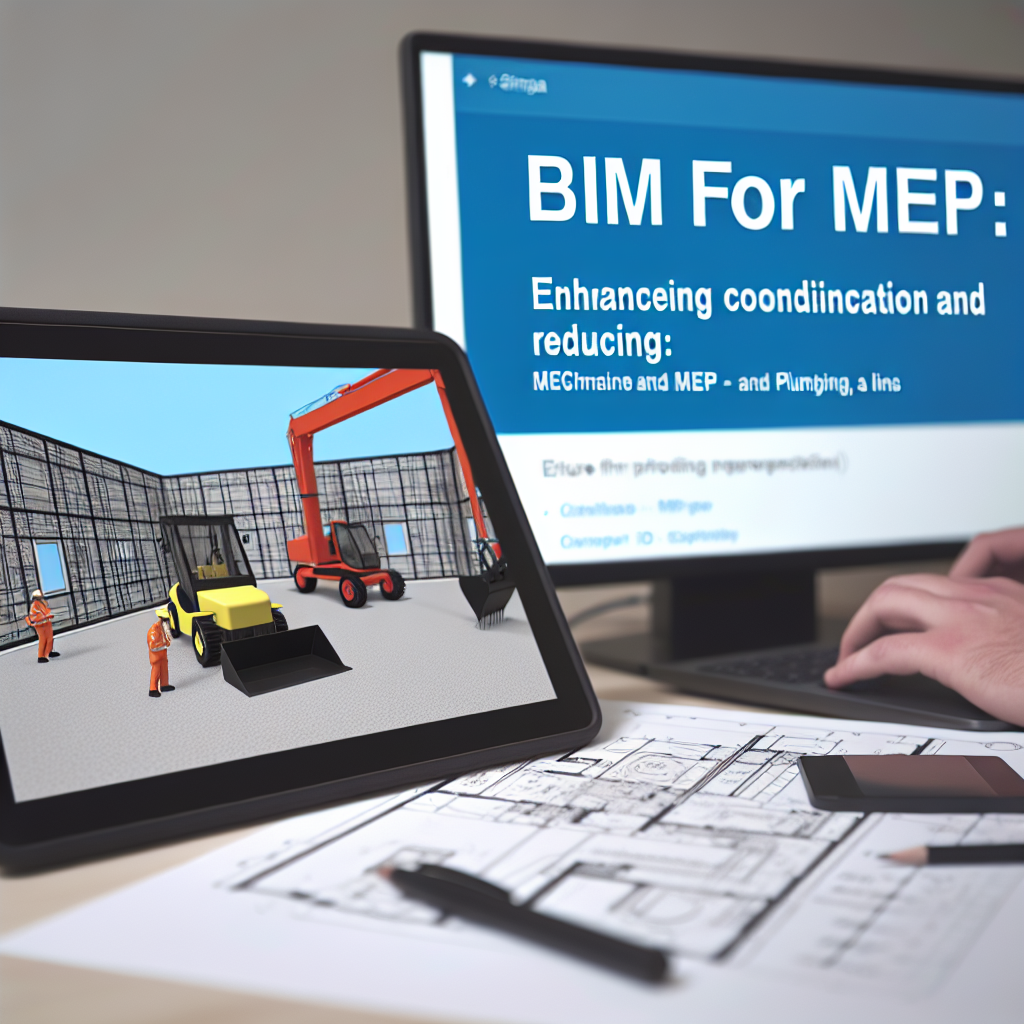Building Information Modeling (BIM) has revolutionized how Mechanical, Electrical, and Plumbing (MEP) systems are designed and executed in construction projects. Through case studies, we can see how BIM enhances coordination, reduces errors, and accelerates project timelines. In this article, we will explore a compelling BIM for MEP case study that highlights these transformative benefits.
Optimizing MEP Design through BIM: The Case Study Overview
This case study focuses on a large commercial office building where BIM technology was employed to streamline the design and installation of MEP systems. Traditionally, MEP components are designed separately, often resulting in clashes, rework, and project delays. However, by integrating BIM, the project team was able to develop a comprehensive, coordinated model that facilitated better collaboration from the outset.
Key aspects of the BIM implementation included:
- Creating a detailed 3D model that integrated all MEP components with architectural and structural elements.
- Conducting clash detection early in the design phase to identify conflicts before construction began.
- Using BIM for precise quantity take-offs and cost estimation, reducing material waste and budget overruns.
This approach led to a significant reduction in errors, fewer RFIs (Request for Information), and improved project timelines. The case illustrates how BIM serves as a vital tool for delivering efficient, coordinated MEP services.
Benefits Realized and Lessons Learned
The application of BIM in this case study resulted in numerous benefits that can be replicated in similar projects:
- Enhanced Coordination and Reduced Clashes: BIM allowed teams to visualize MEP systems within the building’s context, preemptively resolving conflicts between ducts, pipes, and structural elements.
- Improved Construction Accuracy: The detailed models facilitated prefabrication and on-site installation with high precision, minimizing delays due to incorrect fittings or measurements.
- Cost and Time Savings: The early clash detection and precise planning led to decreased rework, saving both time and money.
However, the case also emphasizes the importance of proper training and collaboration among disciplines to maximize BIM’s benefits. The project team’s commitment to integrated workflows was crucial in achieving these results, illustrating that successful BIM adoption requires technical proficiency and organizational coordination.
In conclusion, this BIM for MEP case study demonstrates the transformative impact of BIM technology in modern construction projects. By fostering better collaboration, reducing conflicts, and enhancing accuracy, BIM allows for more efficient and cost-effective delivery of complex systems. Embracing these practices can significantly elevate project outcomes and set new standards for quality in the industry.
